May 29th, 2007

As the interested randform reader knows I like to report about popular experimentation trends in science (like e.g. this post about resonance rice or this post about cornstarch music (which is linking also to the famous diet coke experiments, whose popularity seems to be unstoppable)), here is a new trend, namely: ripping phone books in half.
Read the rest of this entry »
posted by nad | 3d, architecture, art and design, physics, software | No Comments »
May 28th, 2007
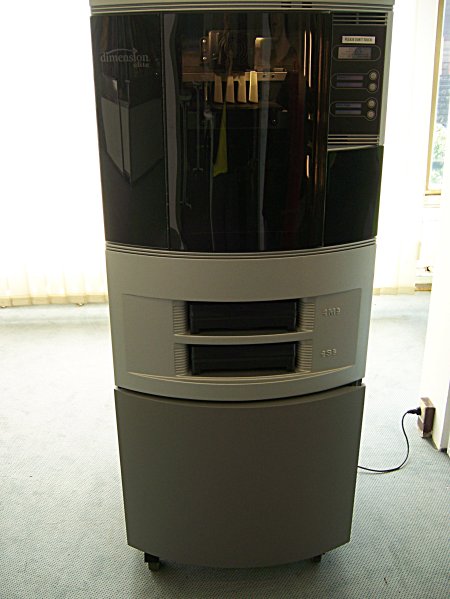
The theme of this years designmai was “digitalability”. Interestingly for product design this seemed to be ultimately linked to 3D-rapid-prototyping – at least in the main exhibition.
Read the rest of this entry »
posted by nad | 3d, art and design, berlin, bio | No Comments »
May 25th, 2007
This year is Euler‘s 300. anniversary. It is Euler year and today is the 15. Euler lecture ( 14:00) at neues Palais in Potsdam.
posted by timh | math | No Comments »
May 24th, 2007
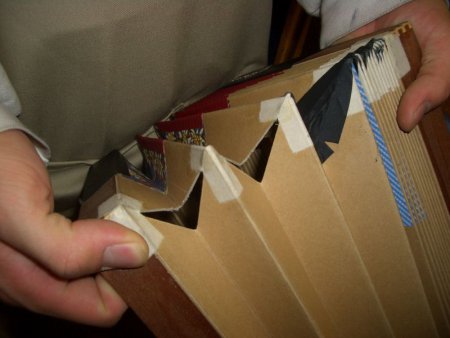
A remarkable mathematical conjecture (proven 1995 by Sabitov) is that there exists no rigid bellows. This means if you have a closed volume which is formed by (triangle shaped) “plates” and if you deform it then the volume stays always constant (i.e. if it would have been a bellows then you couldnt press air out of it). This is why accordions need some elastic fabric in order to allow for deformation. May be also a useful knowledge for architecture, since it means that if you press a (closed) house on one side it would bulb on some other side.
The workshop Rigidity and polyhedral combinatorics is discussing related problems.
posted by nad | 3d, architecture, art and design, math, music, Uncategorized | 2 Comments »
May 23rd, 2007
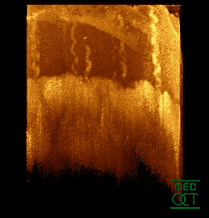
One of the interesting unknowns is the question wether the brain acts -at least partially- as a quantum computer. The discussion seems to have gotten again a boost – considering the number of conferences organized on this issue, like the already mentioned January swiss conference or the conference Quantum Mind organized by the center for consciousness and the Uni Salzburg or the conference Toward a Science of Consciousness 2007 in Budapest organized by the Hungarian Cognitive Science Foundation.
A reason for this boost may partially be due to the fact that optical imaging and mapping techniques are vastly improving. Optical imaging techniques are popular since they provide a noninvasive method to study the brain, like e.g. in experiments by Ed Boyden et al. were neurons were photostimulated via Channelrhodopsin-2 and other proteins (see also here) (where I have to say that the in the article mentioned lentiviral gene delivery sounds rather scary to me) or e.g. the interesting optical techique of OCT-Optical coherence tomography (or LMU OCT) using interferences of light with short coherence length.
OCT can currently be only used for investigating thin layers like skins, as can be seen at the above crumpled scan of a fingertip or – whats more important e.g. for investigating the retina – a thin layer of neural cells that lines the back of the eyeball.
Using a new way of organizing light pulses (FDML) researchers were able to provide rapid, high-resolution 3-D images of the retina as was presented on the Conference on Lasers and Electro-Optics, Quantum Electronics and Laser Science Conference by the Optical Society of America.
Why is the retina and the layers around it particularily interesting? Because the retina is capable to transmit a signal of a few photons, leaving enough space for quantum mechanical considerations, like in the famous discussion in here, where – even if this seems unrelated – e.g. the true size of a graviton may play a role.
As it seems the current believe is that brains probably do not act as quantum computers mainly due to the “disturbancies” of the information by the surroundings, which leads to decoherence – a general problem also for technical quantum computers. Among others there is some hope to get better results with regard to disturbances with the help of topological quantum theories, which can be imagined (very very loosely speaking) as quantum versions of solitons, i.e. waves which are very stable.
posted by nad | 3d, bio, communication, computer vision, nano, perception, physics, trips | No Comments »
May 21st, 2007
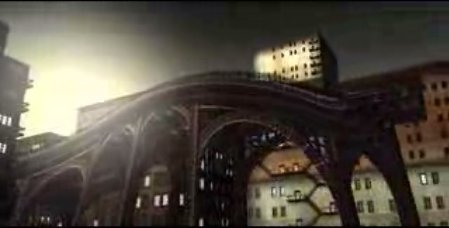
Not the newest news, but still noteworthy – the demo “debris” by Farbrausch, which was the winner of the demoparty breakpoint in April. The demo is a windows executable of 177 kByte! The trailer reminds a bit of sometimes and sometimes of float and Kapitaal.
A video of the demo can be found on youtube
As promised they have made the tool for generating the procedural textures available now: it ist called .werkkzeug 3 TE (while the tool is free, the texture generation library needs to be purchased).
posted by timh | 3d, animation, art and design, software, visualization | No Comments »
May 19th, 2007

The above image is a jack-in-the-box randform birthday cake. Just watch the image for a few seconds.
Read the rest of this entry »
posted by nad | berlin, Uncategorized | No Comments »
May 18th, 2007
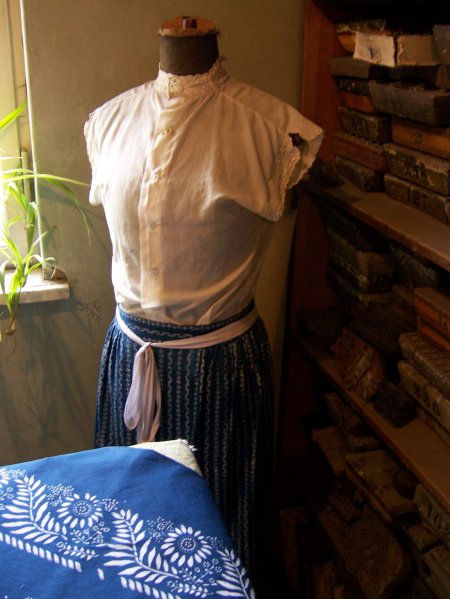
There are artistic techniques, which I don’t feel like practising myself, but which are important to know about, like e.g. the technique of Blaudruck. I went to a museum, where they displayed the technique, I may even buy a book about it.
Read the rest of this entry »
posted by nad | art and design, Uncategorized | 3 Comments »




